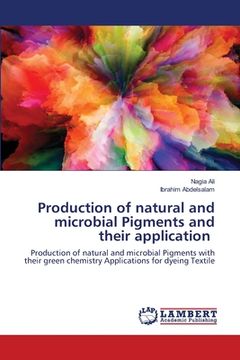Synopsis "Production of natural and microbial Pigments and their application"
A renewed international interest has focused on natural dyes due to increased awareness of the environmental and health hazards associated with the use of synthetic dyes. there is an interest in the development of pigments obtained from natural sources. Natural dyes are mostly eco-friendly, biodegradable, less toxic, and less allergenic as compared to synthetic dyes. Recent research efforts are made to replace synthetic pigments with natural pigments from plant, animals and microorganisms. Some microbial pigments have numerous beneficial properties involving anticancer, anti-proliferative, immune-suppressive, antibiotic, biodegradability etc. Many microorganisms, including bacteria, fungi, yeast are employed for the industrial production of various pigments by using fermentation technology..The recent studies are interested in the pigment produced by microorganismssuchs as carotenoids, melanins, flavones, quinines, prodigiosin, and monascins. Many yeasts like Rhodotorula(pink), Yarrowialipolytica(brown), Cryptococcus (red) and Phaffiarhodozyma(carotenoids) are good source of microbial pigments. The pigment production by molds of Monascus group especially Monascuspurpureusand Monascusankafor use as a good color is well known for red color. The algae which produce pigments are Chlorococcum, Chlamydomonas, Chlorella, Hematococcusiand Sporangium. Another algae namely, Dunaliellasalinabelonging to class chlorophylaceae occur in marine environment and produces β-carotene which can be used as food colorant.

